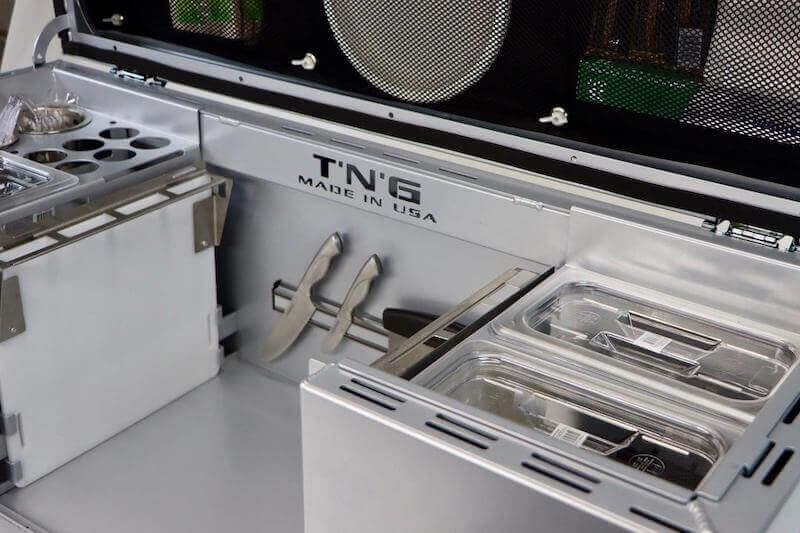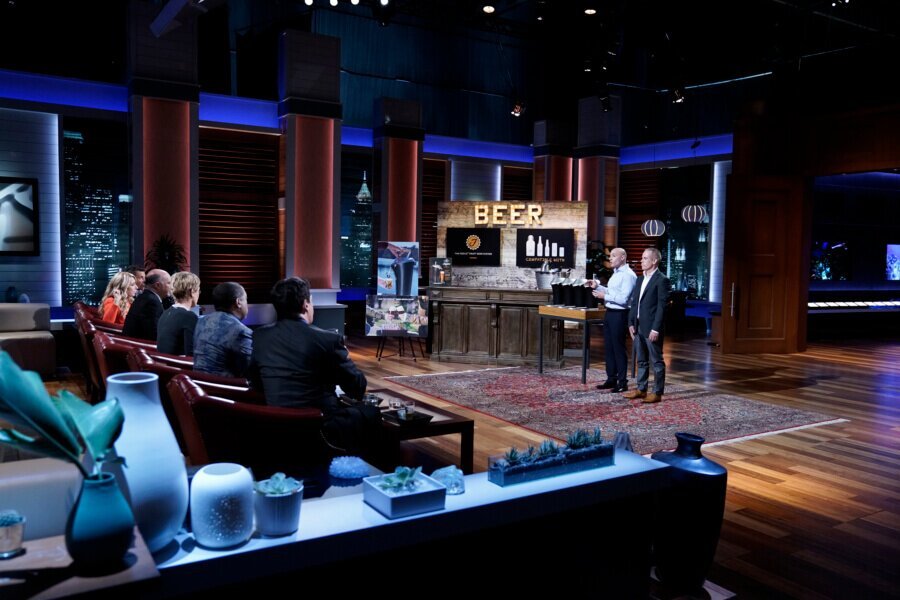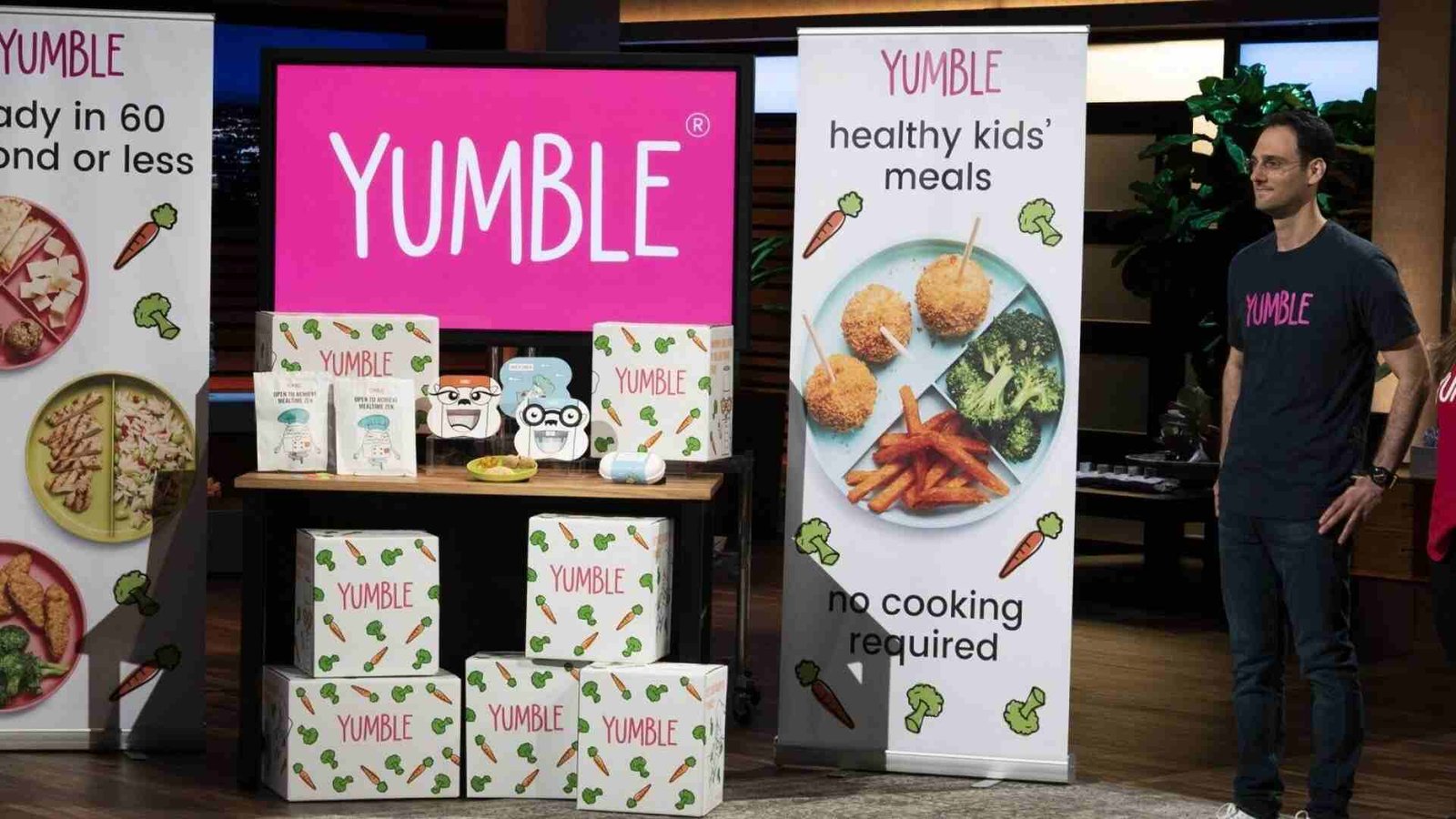Let’s bust a myth: Getting a Shark Tank deal isn’t a golden ticket. That’s reality. The TV lights may make every handshake look like a payday, but most businesses are left grinding long after the cameras stop rolling. So, if you think Tailgate N Go snoozed its way to millions, think again. Here’s the real play-by-play, minus the sugarcoating.
Contents
ToggleWho Actually Needs a Portable Outdoor Kitchen?
If you’ve ever fumbled with plastic bins in the mud or realized your camp stove fuel is somewhere back home, you know: outdoor cooking is a logistical nightmare. Most solutions are half-baked. They’re either cheap and flimsy or oversized and a pain to pack. Campers, tailgaters, anglers—the people who actually live outside on weekends—are desperate for a setup that doesn’t suck. That’s the demand Tailgate N Go sniffed out.
The Johnson Family: Saw a Problem, Built a Box
Now, quick intro. Tailgate N Go is straight-up family hustle—Ron, Taylor, and Kobe Johnson out of Colorado. Regular weekend warriors, not starched-shirt MBAs, who got annoyed losing spatulas and seasonings on every trip. So, they did what real founders do: built a fix because nobody else would.
Here’s where the pitch gets interesting—Kobe Johnson made history as the first entrepreneur to use sign language with the Sharks. That’s more than a feel-good angle. It shows this team communicates and adapts, skills any scrappy business needs.
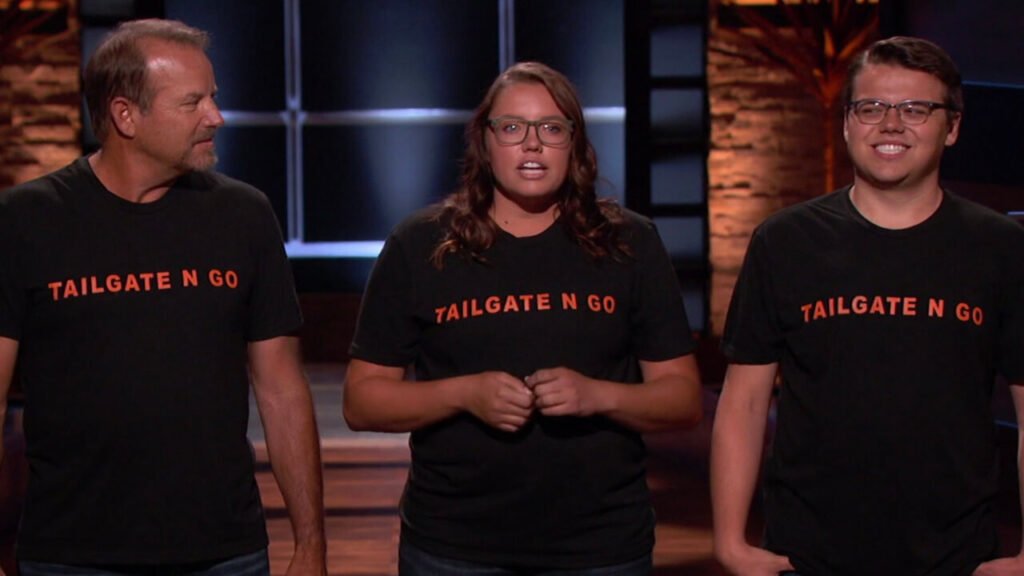
Why Tailgate N Go Isn’t Just Another Box
Let’s talk product. The Tailgate N Go is a portable kitchen, not a storage bin in disguise. It’s high-strength aluminum (no, not the cheap stuff), modular so you can config for your needs, and loads up with actual kitchen gear—griddles, cutting boards, spice racks, and more.
But real talk? At $1,000–$1,500 per unit, with $700+ in production costs, there’s not much fluff in their pricing. Margins? Tight. Patents? Two provisionals, giving some protection, but not a fortress. It’s unique but not impossible to copy. That price point filters out lookie-loos; Tailgate N Go goes after serious outdoor folks.
Shark Tank: When the Lights Flip On
Tailgate N Go hit Season 11 of Shark Tank with old-school bravado: $250,000 for 10% equity—meaning a $2.5 million valuation. Had they earned it? Slightly shaky ground. At pitch time, they’d sold just over 100 units in a year and a half. But the kicker was sales growth: tripled in six months before airing.
If you’ve ever pitched, you know those numbers are promising, but you need more than a hockey stick chart to get real money. They pitched the Sharks on revolutionizing outdoor cooking—not just another as seen on TV gadget.
The Negotiation: Who Bit, Who Bounced
Classic Shark Tank chess match. Mark Cuban gives the family props—American dream and all—but bows out fast (I don’t camp). Daymond John and Lori Greiner? No dice.
Then Kevin O’Leary does his Mr. Wonderful thing: dangles $250,000 as a line of credit at 10% interest plus a cutthroat $100 royalty per box—forever. Ouch. If you’ve ever raised money, you know that’s a deal you regret by breakfast.
The Johnsons countered, not backing down. They offered up 15% equity for the same chunk of change, smelling the value in the business. Spoiler: the negotiation wasn’t all roses, but they played smart.
Matt Higgins steps in. Out of all the Sharks, he’s got real skin in the game—deep NFL and sports connections, which are a gold mine for tailgating gear. The family closed at $250,000 for 20% plus a $50 royalty per unit until Higgins makes his money back. Fair? If you’re willing to give equity and a payback, sure. They needed those connections, and sometimes, you pay to get in the right rooms.
Net Worth: The Numbers Post-Deal
Let’s strip out the hype. After Shark Tank, Tailgate N Go’s net worth clocked in around a cool $1 million by mid-2022, according to SharkWorth. Did Shark Tank 10x their value overnight? Hard no. But it did turn them from a side hustle into a brand with real money on the table.
Understand, that valuation isn’t pure TV air. It’s built on increased sales, a legitimate online presence, and the kind of national recognition you can’t buy with Facebook ads.
Life After Shark Tank: Exploding—or Just Edging Up?
Here’s the reality: Tailgate N Go saw a 60% jump in sales, bringing in $400,000 in a matter of months after the show. Was that because the product suddenly went viral? No. It’s the power of TV exposure. If you’ve played this game, you know that’s often a one-time bump.
COVID-19 could have been a business killer—trade shows gone, retail playbook tossed out. A lot of Shark Tank successes crumbled there. The Johnsons held steady, hustling through online sales and doubling down on their niche.
The promised explosion? More like steady, determined growth. Some critics would call that a plateau, but what matters is they’re still moving units, still reinvesting, and most importantly—still standing.
Where’s Tailgate N Go Now? Still Hustling or Fading Out?
You want to know if this is another Shark Tank flame-out or a brand with legs? Visit their site today. You’ll see fresh products (the Overlander, expanded accessories), a clean online store, and live support. Not some ghost town.
Their niche is still loyal—hardcore outdoor types, tailgaters, and folks who want to flex that I’ve got gear you don’t energy. They’re not selling to the masses at Walmart, but why bother when you own your segment?
Worried about new players entering the market? Sure, nothing stops a copycat if your patents are thin. But the Johnsons built their credibility, customer feedback, and rugged branding over years. That moat—the brand story, Shark Tank fame, and actual quality—is hard for newcomers to cross fast.
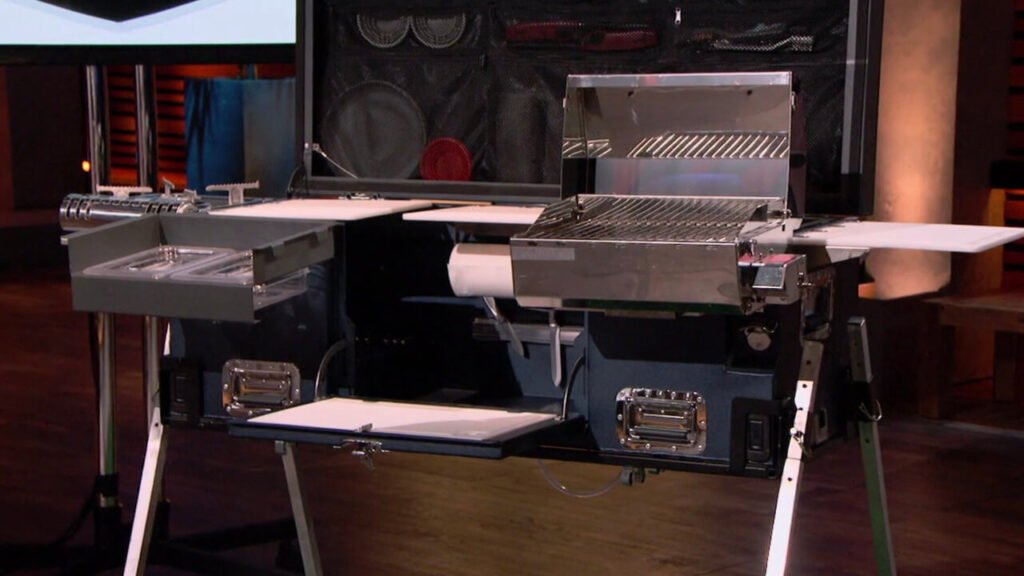
Smart Business Lessons from Tailgate N Go’s Shark Tank Story
Here’s what founders and side hustlers should really take from this:
- Solve your pain first: The Johnsons made a solution for themselves, not a fantasy focus group.
- Don’t oversell early numbers: 100 units in 18 months isn’t mind-blowing, but the growth rate was the real pitch.
- Negotiate like you mean it: Walking away from a predatory royalty deal is gutsy—and usually right.
- Pick partners for doors, not just dollars: The Matt Higgins deal gave them leverage in sports, not just a bank wire.
- Shark Tank is ignition, not autopilot: You get visibility, but you need to convert buzz into repeat business.
- Expect turbulence (like COVID): Trade shows canceled? Pivot hard into online, don’t just blame the world.
This isn’t a flashy overnight success. It’s steady grind, family-style, with national exposure as a springboard. The Johnsons didn’t become millionaires overnight, but they’re earning every buck by building something real.
FAQs
1. Is Tailgate N Go still in business after Shark Tank?
Yes—they’re active, selling online, and expanding their product line.
2. How much did Tailgate N Go get on Shark Tank?
$250,000 from Matt Higgins for 20% equity and a $50-per-unit royalty until the investment is paid back.
3. What is the current net worth of Tailgate N Go?
Around $1 million, per SharkWorth, as of 2022.
4. Did the entire deal with Matt Higgins close after the cameras shut off?
While TV deals sometimes fall through, public sources indicate the basics stayed intact, with Higgins involved.
5. Where can you buy Tailgate N Go today?
Directly from their website and select outdoor retailers.
6. What makes Tailgate N Go different from other camp kitchens?
High-end build quality, modular setup, and targeting buyers who actually care about their gear—not just fairweather campers.
7. Did being on Shark Tank really help the business?
Yes—sales rocketed 60% post-show and the brand got national attention it couldn’t have bought.
8. Who’s the main customer for Tailgate N Go?
Campers, tailgaters, overlanders, and anyone who’s tired of big box store kitchen rigs that fall apart.
Final Word: Shark Tank Does the Spark—But The Grind Wins the Race
If you think one reality show changes it all, you’re missing the point. The Johnsons played the game, scored a partner with real leverage, and outworked the next guy. It’s the post-pitch hustle—not the handshake in front of the Sharks—that writes the real success story. Take notes.

